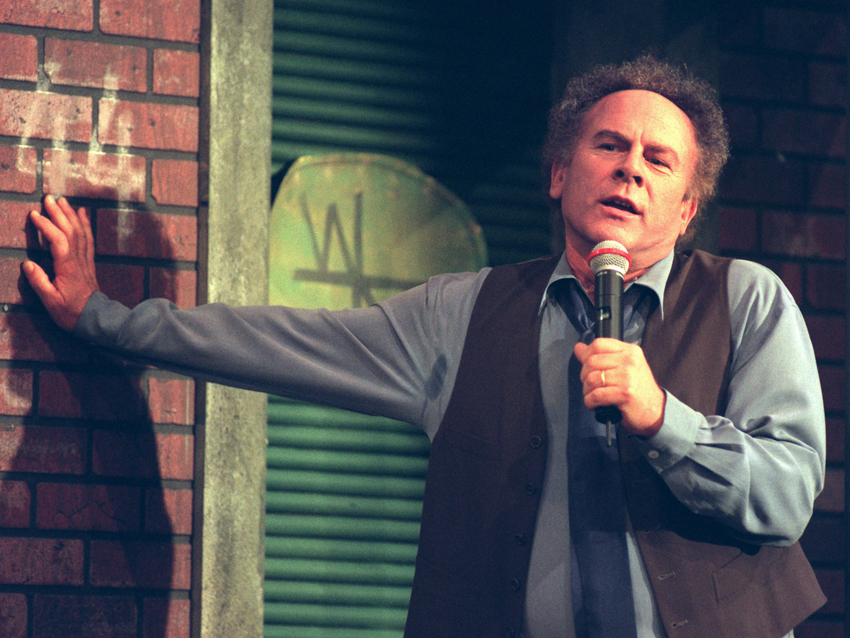
Art Garfunkel: the 10 records that changed my life
Recalling the music of his youth, in particular the early rock 'n' roll hits that he heard disc jockey Alan Freed spin on WINS (1010 AM) in New York City, legendary singer Art Garfunkel is at no loss for superlatives.
“It was an incredible time," he says. "It was as exciting as the dawn of sex." He laughs and then elaborates: "You have to remember, prior to this, it was Patti Page and The Four Aces. Things were mono and not so exciting. Yes, the ‘50s were still mono, but with this new music you had grooves, and you got down and dirty."
In fact, Garfunkel was such a loyal listener to Freed's show that he even remembers one fateful broadcast when a new term was coined, one which would rapidly travel across the globe. "I was listening when Alan Freed said, ‘I’m gonna call it rock ‘n’ roll, because that’s what it is,'" he says. "And that was it, because it really summed up the music we were hearing, the grooves that got to us. It’s lovemaking after midnight."
Garfunkel developed his love of music early, ever since his father exposed him to the famed Italian opera star Enrico Caruso. "From the time I was five years old, I've been a devoted music man," he says. "If there was melody and a strong voice behind it, I loved it and wanted to sing it. Of course, once I heard the great rhythm and blues songs, I was carried right away. They blew away corny, buttoned-down Eisenhower America and added danceable music that we kids thought was really the happening stuff. And we were right. It was an export that the entire world fell in love with."
With his Forest Hills High School friend Paul Simon, Garfunkel formed the duo Tom and Jerry. Inspired by The Everly Brothers, the two recorded a song called Hey, Schoolgirl, which clicked with the public in 1957. When other attempts to hit the charts failed, the two drifted apart for several years, but they reunited in the early '60s. Signed by Columbia Records, the two rechristened themselves Simon & Garfunkel and recorded the classic folk album Wednesday Morning, 3 AM. A rock 'n' roll version of their song The Sound Of Silence (with electric guitars, bass and drums added by producer Tom Wilson) took the world by storm in 1966, and for the next few years, Simon & Garfunkel ruled the pop charts, turning out a series of albums that rivaled those by The Beatles in terms of melodic reach and lyrical depth.
"I had a lot of fun making albums," Garfunkel says. "To be honest, I was chasing The Beatles – once there was Rubber Soul and Revolver, I saw the model. Paul and I were in love with the 12-song album and how we could work with this new thing – how to sequence it, how to put a nice cover on it and make it an entity. On the other hand, what’s wrong with a great three-minute and fifty-second song? You can’t say there’s anything less exciting. River Deep, Mountain High by Ike & Tina Turner – who needs 11 other songs?”
While he occasionally reunites with Simon, Garfunkel has, over the years, established himself as true renaissance man – he's logged numerous Top 10 solo hits, has acted in an impressive collection of notable films (nabbing a Golden Globe nomination for Carnal Knowledge) and released a well-received book of poetry called Still Water in 1989. Currently, he's touring the US for the first time in four years (click here for dates and cities) and has just announced UK tour dates for September (click here and here for more info).
On the following pages, Garfunkel discusses what he considers to be 10 "life-changing" records.
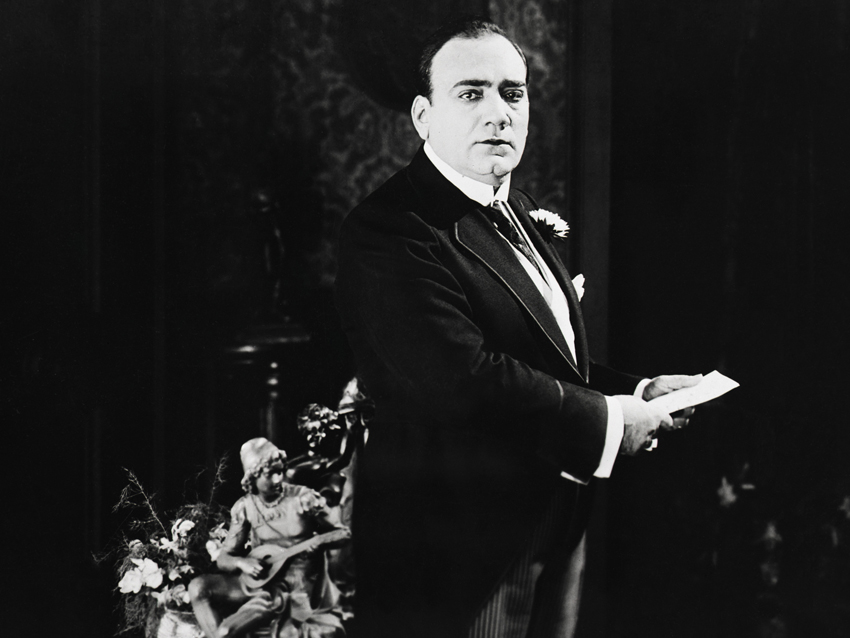
Enrico Caruso - Aria from The Pearl Fishers (circa 1904)
“I heard Caruso with my dad. We played it in the house on the Victrola. That was the phonograph turntable that played these thick 78-rpm records. My dad would play the Andrews Sisters and some classical things. When I heard Caruso, I was just blown away by those high notes. I was five years old and I thought, ‘What fun to sing these high notes.’
“The Pearl Fishers has a particular melody that I just love. [Sings] ‘Da-da-dee-da-dee-dum… la-da-dee-da-dee-dee-da-ee-dummm…’ You hear that trill at the end? That’s what got me. It’s like a bumble bee stinging you for life. To do that trill with your voice and do it with finesse, on a melody that’s got heart to it, that was the disease I caught – right there.”
YouTube : http://www.musicradar.com/
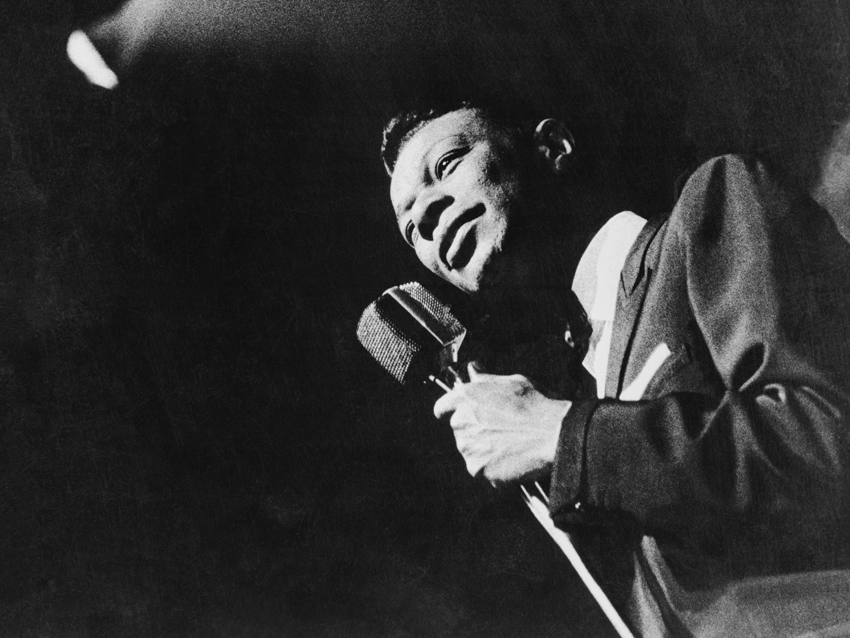
Nat King Cole - Too Young (1951)
“I have to put two Nat King Cole songs on the list. The first one is Too Young, which is such an incredible song. I remember falling in love with melody at this time. Debbie Reynolds’ Tammy – I loved that one. It was fun! Wherever there was melody, I just gravitated to it.
“I made Too Young by Nat King Cole my own personal song. I sang it in the talent shows in school when Paul Simon sat in the audience. I was 10 years old, and hey, the girls liked little Artie singing Too Young. [Laughs] That became my signature song.”
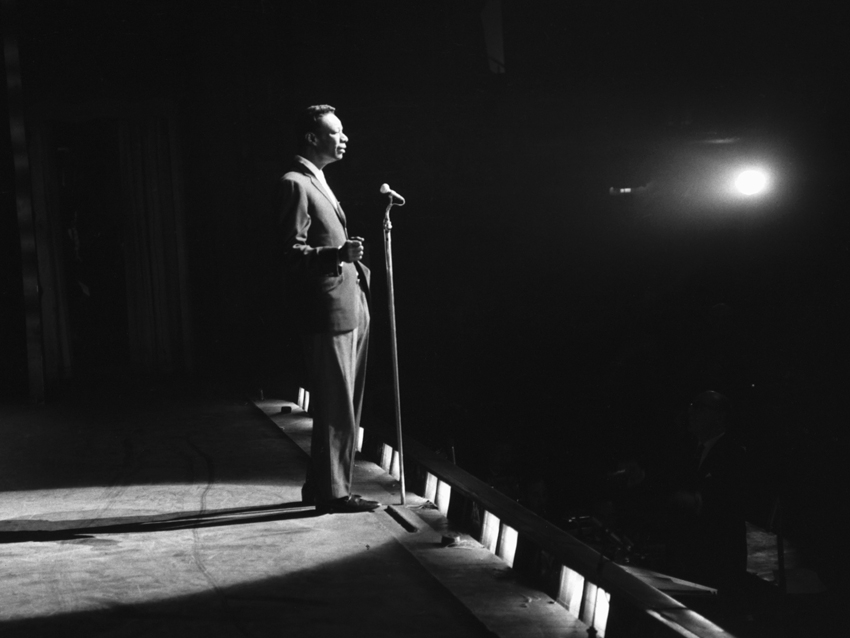
Nat King Cole - Nature Boy (1948)
“Talk about differentness. What an offbeat song from left field. I must have said as a kid, ‘You can do that kind of song and get away with it? And the lyric can be so philosophical?’ [Sings] ‘And then one day, one magic day he passed my way… And while we spoke of many things… ’
“Isn’t that something? Listen to these blue notes: [Sings] ‘Fools and kings, this he said to me…’ A lot of chromatics. And what did he say? [Sings] ‘The greatest thing you’ll ever learn, is just to love and be loved in return.’
“That’s beautiful Zen philosophy in the middle of a pop song. It was new to me, and I saw that the art form – the record, the song – could have real dimension.”
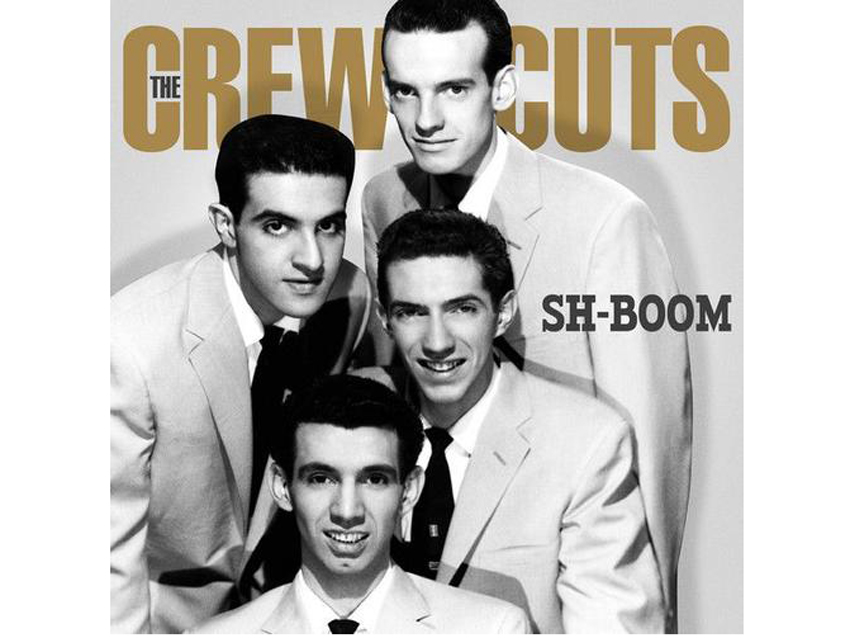
The Crew Cuts - Sh-Boom (1954)
“I began to see the format for how you arrange a song. You could have a lead singer and a clever background. [Sings] ‘Dooey-ooo, sh-boom, sh-boom. Dooey-ooo.’ And then, with that backing of two-part harmony, the lead singer could step forward: [Sings] ‘Life could be a dream, if I could take you up in paradise up above… ’
“That was a nice, breezy melody with the lead singer up front and two backing voices. In terms of arrangement, that format was new to me – and I fell for it. I was just a little pee-wee kid from Queens, and I loved the way it all fit together. It became the format for so many R&B records: Dion and the Belmonts, The Penguins – they all did it.”
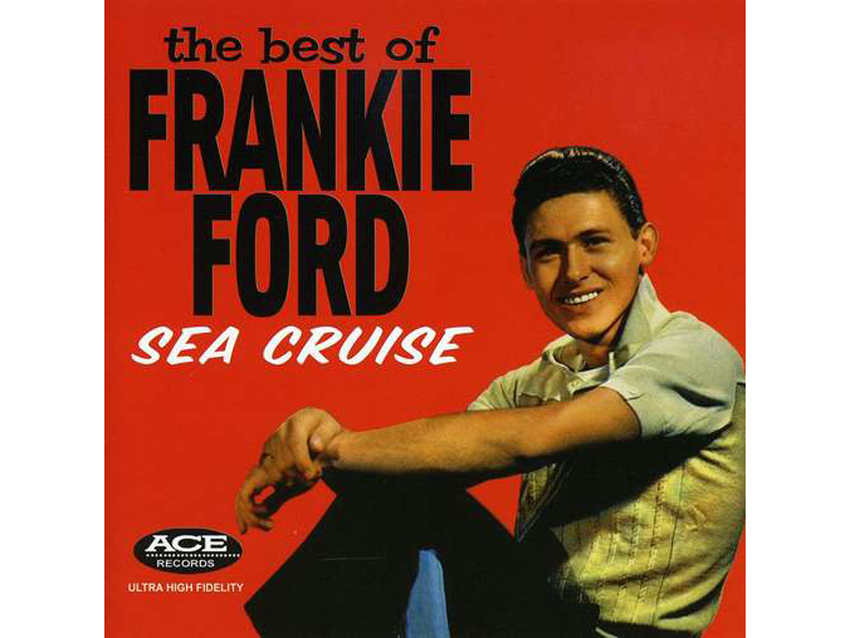
Frankie Ford - Sea Cruise (1959)
“’Won’t you let me take you on a sea cruise?’ – nothing rocked quite like this record. For me, it was the door opening to rock ‘n’ roll. From The Crows’ Gee to The Moonglows’ Sincerely to Story Untold by The Nutmegs, people my age know these Alan Freed favorites in the very beginning of rock ‘n’ roll.
“There are a lot of wonderful examples I could have picked, but for me, Frankie Ford’s Sea Cruise says it better than anything. I also love Huey Piano Smith’s Don’t You Just Know It because it’s a New Orleans rhythm with a piano that’s kind of dragged in its tempo. It’s down and dirty – it makes you wanna get up and dance.”
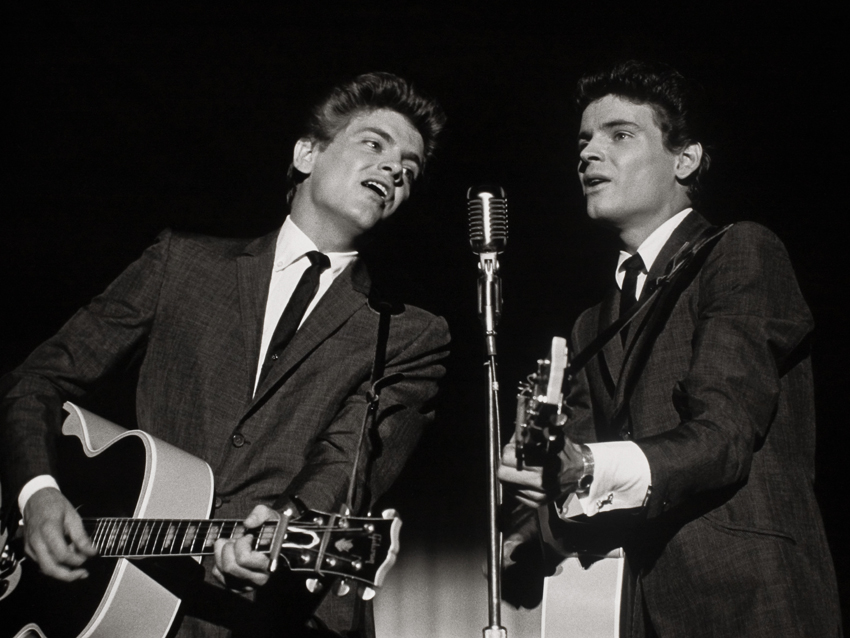
The Everly Brothers - Songs Our Daddy Taught Us (1958)
“The arrival of The Everly Brothers really captured my attention and took hold of my life. That magnificent two-part harmony was fused together so beautifully. In their case, I’ll move from songs to albums and pick Songs Our Daddy Taught Us. It’s a killer.
“I was now friends with Paul Simon, and we fell for Don and Phil Everly. I’ll so miss Phil forever. I have to pause for a moment and just bow to the brilliance of that harmony singer.
“They say that Don was his parents’ favorite. They had a radio show, and Don was their pet singer. When the other kid came along – Phil Everly, two years younger – Don felt, ‘What do we need him for?’ So Phil got into the group by being so damn fabulous, and then it was undeniable: The Everly Brothers.”
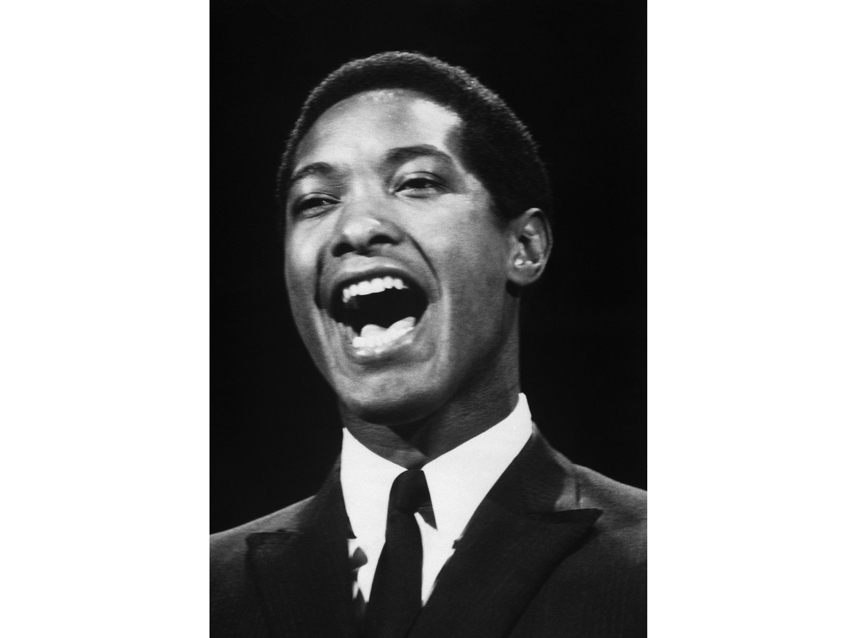
Sam Cooke - You Send Me (1957)
“Now we have a singer who showed me how you can do this rock ‘n’ roll stuff if you really have chops. He opened his throat and out poured great pitch and great diction. Just a tremendous, first-rate singer – Sam Cooke.
[Sings] “’You… send me… ’ There’s a lot to love about this record, but above all, is comes down to this: The singer can really sing.”
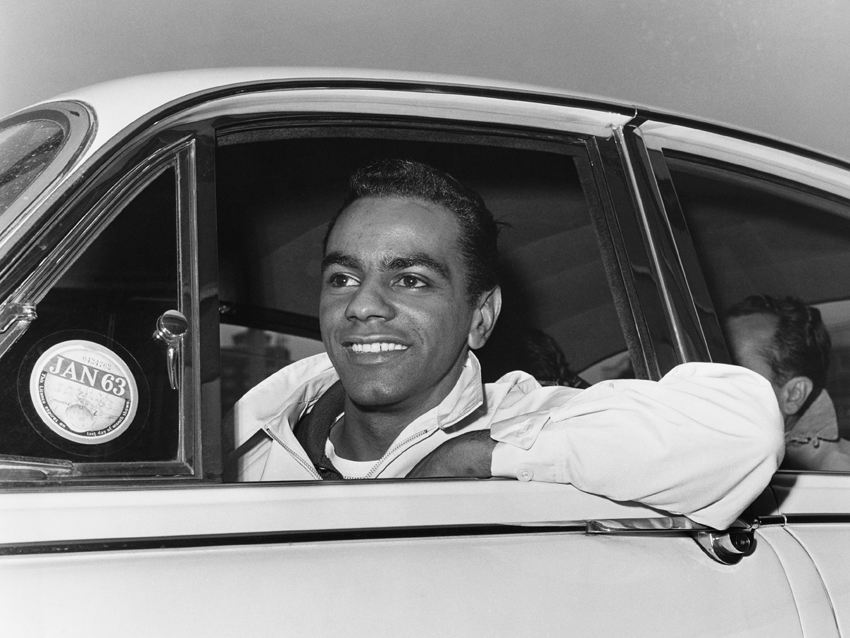
Johnny Mathis - It's Not For Me To Say (1957)
“If you’re a singer like me, you went crazy the first time you heard the voice of Johnny Mathis. It’s Not For Me To Say taught me that singing can be a magnificent experience if you really have chops.
“Johnny Mathis killed me. If Not For Me To Say, that first hit, showed me the beauty and the third dimension of singing with deep beauty.”
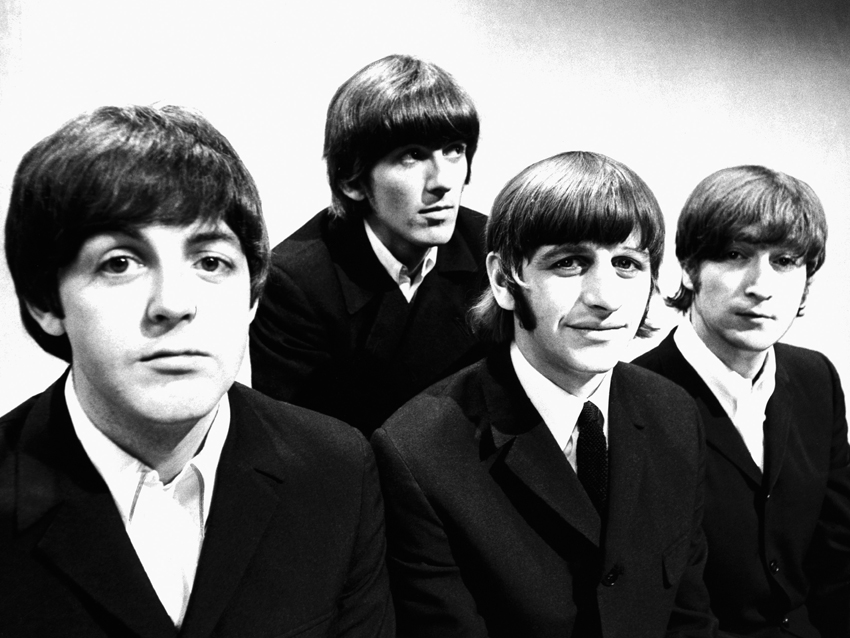
The Beatles - Here, There And Everywhere (1966)
“Here, There And Everywhere – of all The Beatles’ records, this one truly intoxicated me. It’s beautiful in every way a song can be. What was going through Paul McCartney’s life the week he wrote this? You have to be in some kind of magical mood to come up with something this enchanting.
“I worked with Geoff Emerick, The Beatles’ engineer – we made a couple of albums together; we were co-producers. One day he was working in the control room, cutting tape as you did in those days. He had his back to me while he did an edit, and we were talking about The Beatles, something we hardly did – I thought, ‘He’s probably bored having his brain picked about the great Beatles.’ But once I ventured into the subject, he threw out over his shoulder, ‘Did you like Here, There And Everywhere?’
“I knew it was a test question, and I melted over the reference. And he looked at me like, ‘OK, you passed the test.’ [Laughs] Nothing is quite like this song. If music can be defined as that which perfumes the atmosphere, then Here, There And Everywhere does it like no other single I’ve ever heard. It’s supreme.”
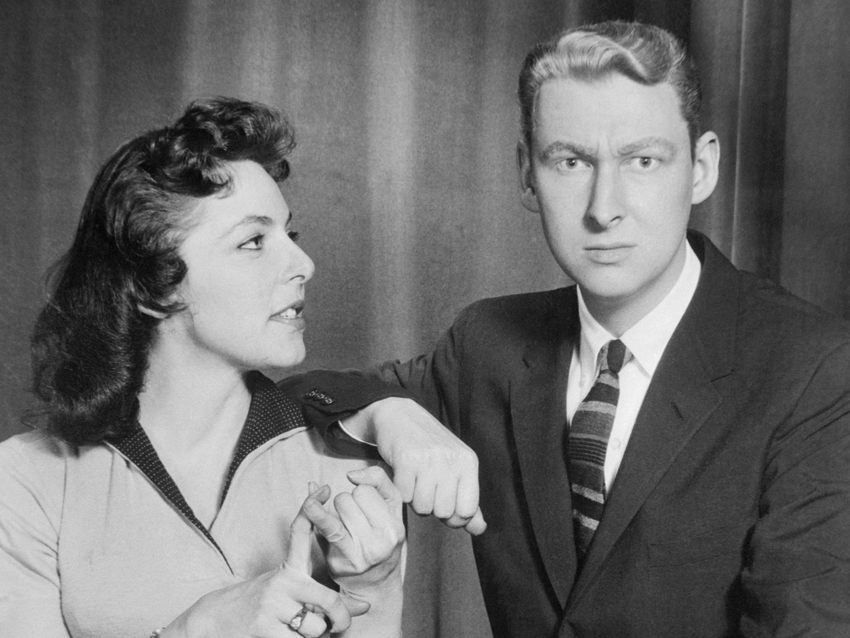
Nichols & May - Nichols & May Examine Doctors (1962)
“One of the records that changed my life was by Mike Nichols and Elaine May, two brilliant improvisational comics. I loved them. If you can get ahold of Nichols & May Examine Doctors, do so and play it. You’ll be in stitches – they’re so clever!
“I was already a Nichols & May fan, as were many intellectual-type New Yorkers, and my fanhood stretched into getting to know Mike Nichols, putting our music into The Graduate, and having him cast me in Catch-22 and Carnal Knowledge. All of that changed my life, and so this record belongs in my top 10 because Nichols and Garfunkel developed a real rapport.”

Joe is a freelance journalist who has, over the past few decades, interviewed hundreds of guitarists for Guitar World, Guitar Player, MusicRadar and Classic Rock. He is also a former editor of Guitar World, contributing writer for Guitar Aficionado and VP of A&R for Island Records. He’s an enthusiastic guitarist, but he’s nowhere near the likes of the people he interviews. Surprisingly, his skills are more suited to the drums. If you need a drummer for your Beatles tribute band, look him up.
"At first the tension was unbelievable. Johnny was really cold, Dee Dee was OK but Joey was a sweetheart": The story of the Ramones' recording of Baby I Love You
"Reggae is more freeform than the blues. But more important, reggae is for everyone": Bob Marley and the Wailers' Catch a Fire, track-by-track
"At first the tension was unbelievable. Johnny was really cold, Dee Dee was OK but Joey was a sweetheart": The story of the Ramones' recording of Baby I Love You
"Reggae is more freeform than the blues. But more important, reggae is for everyone": Bob Marley and the Wailers' Catch a Fire, track-by-track









